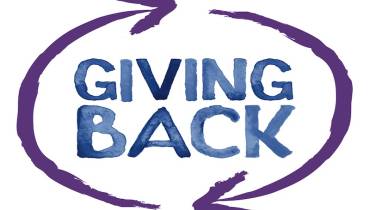Why Every Executive at This Fintech Holds Two Job Titles

As companies across the world become more digital and agile, efforts to keep personnel aligned and employees engaged is entering a new phase of creativity. Companies are beginning to implement new agile practices and take risks to break the workplace-culture status quo.
One such company applying new agile practices is Credorax, a payment processing and smart acquiring bank, where each and every member of the executive team holds two titles.
Whilst this may sound very stressful, it is attributed as a key factor to their success. The Israeli payments company has let go of the “one role, one-worker” model that is the norm in modern workplaces in favor of a “more fluid and task-based” way of approaching work.
”The term ‘employee’ will encompass a broad spectrum spanning internal to external, human to machine, and short-term gigs to full-time work,” global management consulting and professional services firm Accenture explains this emerging agile workplace trend.
The multi-dimensional thinking about agility and employee roles was precisely how Credorax managed to build and get to market their proprietary gateway, Source – the fastest on the market at the time - in a record time of 6 weeks. Led by CTO and COO Moshe Selfin, Credorax’s success is seen as proof of the power of dexterity in action.
“As predictive intelligence helps companies chart their future workforce, boundary-less access to talents and new models of employment help them source it,” Accenture notes.
Chart Your Business’s Own Agile Path
According to a report by Accenture on shaping an agile workforce, you too can create your own business’ agile path and reap benefits like increased revenue growth in record time similar to Credorax. But you have to be strategic about it.
Here are key things to keep in mind when building an agile workplace culture for your business:
1. Use technology to predict tomorrow
Leverage predictive intelligence to understand your skills needs now and over time. From the traits and behaviors that make for a successful leader at your company, to how to tap into a growing freelance pool, leadership teams must consider how to address the new reality.
2. Explore digital talent platform opportunities
Companies need a plan to expand their talent ecosystem. Savvy organizations will create physical and virtual networks for freelancers to facilitate community building, deliver access to valuable skills training, generate feedback and create access to potential new roles and projects.
3. Extend the employee experience
Companies have traditionally kept freelancers or part-time workers at the fringes of their organization. But as such workers increasingly make core contributions, organizations need a detailed approach for integrating all types of new talent across the workforce and create a consistent employee experience.
4. Cultivate development and reskilling as currency
Today, in-demand skills rotate with more frequency. To that end, training, mentoring, coaching and reskilling will become as critical for organizations to deliver as a paycheck.
In smaller companies, it’s not uncommon for some employees and founders to wear more than one hat. The staff is small so some responsibilities, often minor add-ons that don’t warrant a full-time employee, are “tagged” on to the primary or traditional role of an employee.
This practice is common in small businesses, but a key differentiator for shaping an agile workforce lies in a strategy that puts people first, enabled by technology, per Accenture.
With an eye on business outcomes, companies need to expand the concept of the workforce, realizing work extends beyond a 9-5, brick-and-mortar setting. You need to focus on workers first, aligning and unlashing passion, purpose and performance to liberate people’s potential.
If dual, or even triple, hat agile roles for employees makes sense in your business, this could be a worthwhile strategy to adopt in our fast-changing digital world.
Photo credit: Credorex.




















